If single yarns no longer meet the requirement of downstream processes, twisted yarn is the solution. SSM assembly winders ply yarns and prepare tailor-made packages for the exact demands of twisting processes.
Assembly Winding Machines
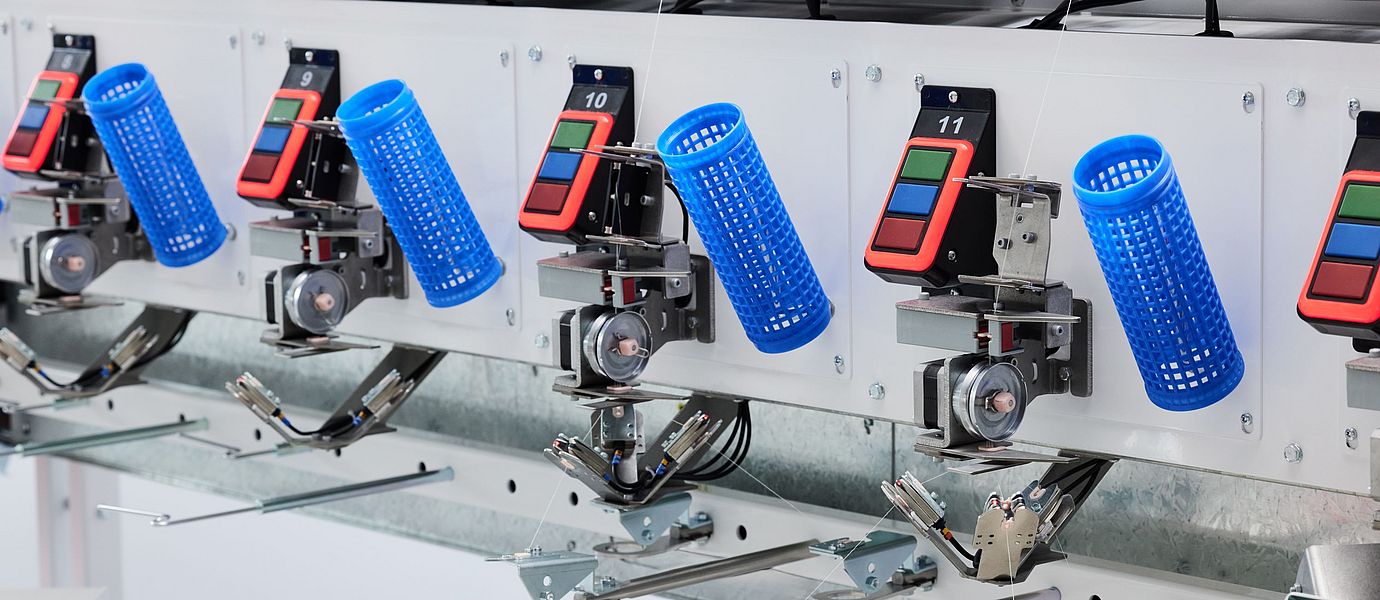
NEO-BD precision assembly winder
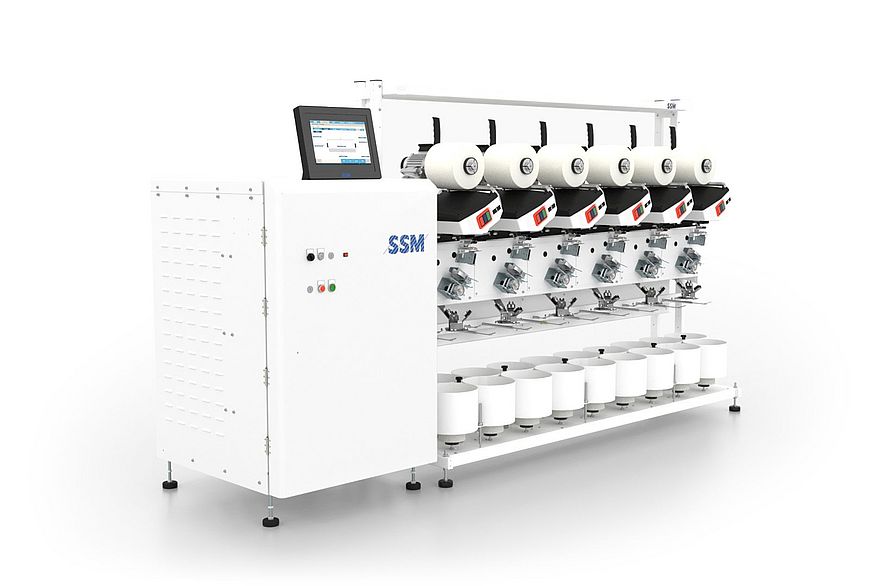
Only a quick response to market trends in combination with high cost-efficiency enables yarn twisters to be successful with competitive advantages. The NEO-BD offers clear benefits to assembly winding of staple yarns.
Technical data
| NEO-BD precision package winder | |
|---|---|
| Type of winding | DIGICONE 2 or precision |
| Mechanical speed | up to 1 600 m/min |
| Drive | individual |
| Yarn laying | fastflex electronic yarn laying system |
| Package shape | cylindrical or conical |
| Take-up tubes | cylindrical or cones up to 4° 20 |
| Traverse length | 155 mm , mechanically adjustable ±5 mm |
| Yarns | staple yarns |
| Yarn count | Ne 1.2 – 120 |
| Number of spindles min./max. | 6/96 (single sided) and 12/120 (double sided, 2 × 60 back to back) |
Downloads
Customer success stories
NEO-FD precision assembly winder
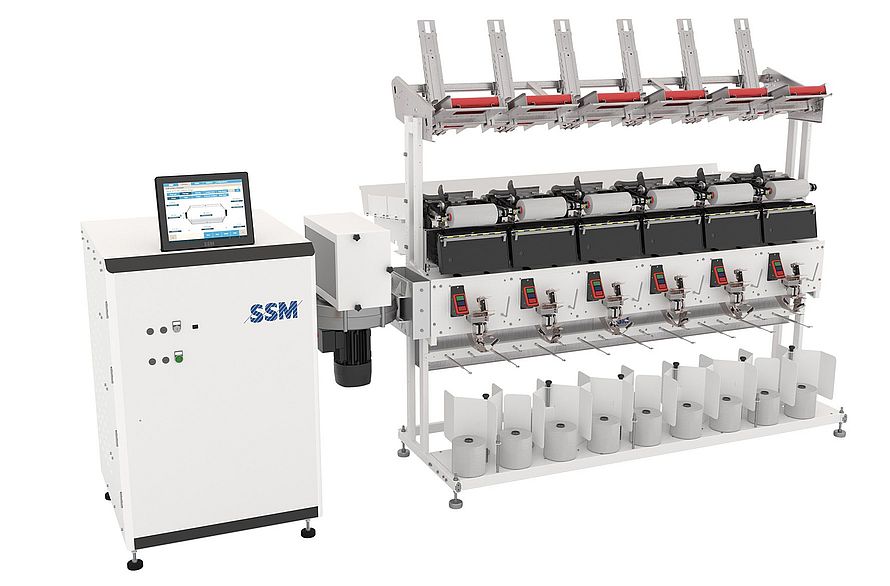
The NEO-FD is the economic assembly-winding machine for high density, precision wound packages for twisting. The innovative design of the machine enables an optimized thread path and an overall simplification of the superior winder. This results in low maintenance and service costs. Thanks to fastflex, made-to-measure cross wound packages are possible.
Technical data
| NEO-FD precision package winder | |
|---|---|
| Type of winding | DIGICONE 2 or precision |
| Mechanical speed | up to 1 500 m/min |
| Drive | individual |
| Yarn laying | fastflex electronic yarn laying system |
| Package shape | freely programmable |
| Take-up tubes | cylindrical or cones up to 5° 57' |
| Traverse length | 25 – 210 mm electronically adjustable |
| Yarns | staple yarns and textured filament yarns |
| Yarn count | Ne 3 – 140 |
| Number of spindles min./max. | 6/96 (single sided) and 12/120 (double sided, 2 × 60 back to back) |
Downloads
XENO-YD precision assembly winder
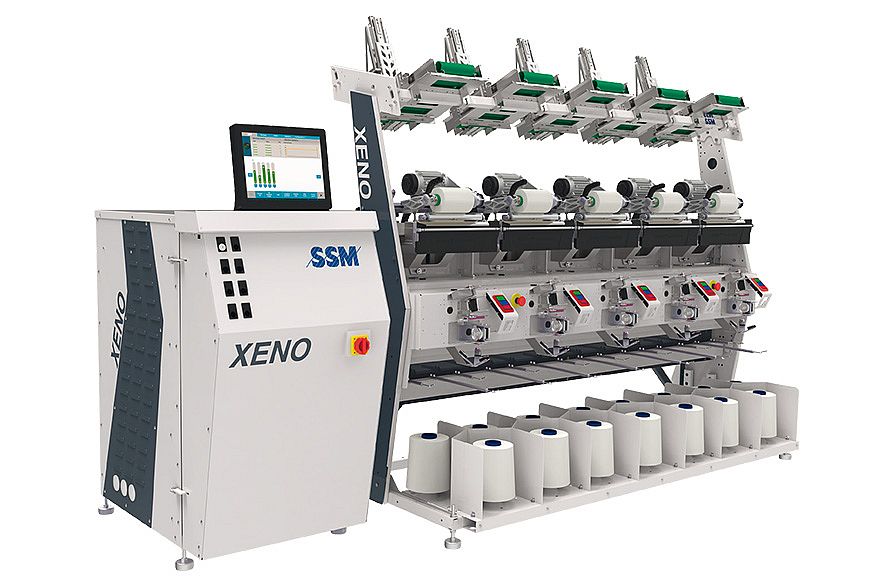
The XENO-YD is a precision assembly winder for all kind of staple and filament yarns. It is equipped with the latest technology and offers the possibility of adding an elastane component during the assembly process.
Technical data
| XENO-YD precision assembly winder | |
|---|---|
| Type of winding | DIGICONE 2 or precision |
| Mechanical speed | up to 2 500 m/min |
| Drive | individual |
| Yarn laying | fastflex electronic yarn laying system |
| Package shape | freely programmable |
| Take-up tubes | cylindrical or cones up to 5° 57' |
| Traverse length | 25 – 270 mm electronically adjustable |
| Yarns | staple yarns, monofilament, textured, flat and twisted filaments, medium technical yarns |
| Yarn count | Ne 1.5 – 240 |
| Number of spindles min./max. | 5/80 (single sided) and 10/80 (double sided, 2 × 40 back to back) |
Downloads
DURO-TD precision assembly winder for technical yarns
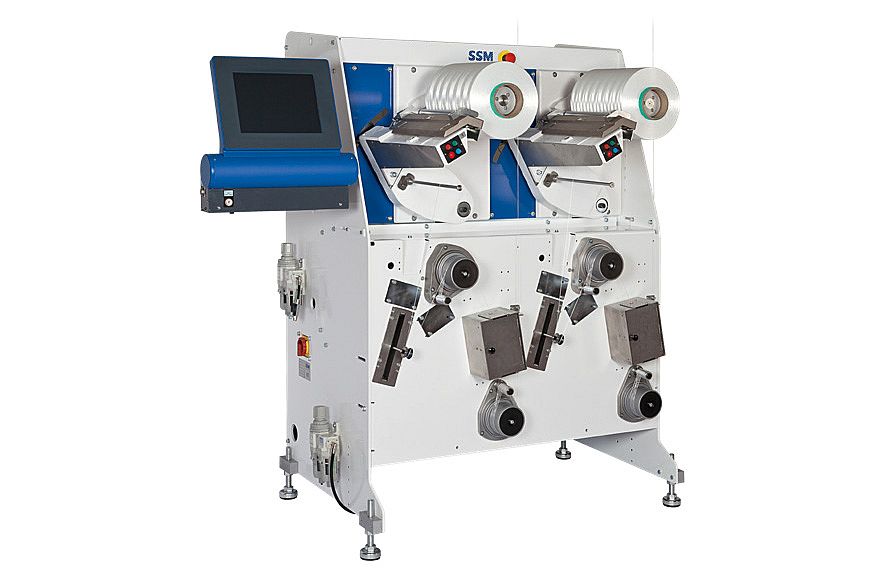
The DURO-TD is a precision assembly winder with optional intermingling for technical yarns up to 50 000 dtex. It offers a new level of flexibility and package quality in one machine, thereby ensuring optimal unwinding and running performance in all twisting processes.
Technical data
| DURO-TD precision assembly winder, technical yarns | |
|---|---|
| Type of winding | DIGICONE, open or closed precision |
| Mechanical speed | up to 1 500 m/min |
| Drive | individual |
| Yarn laying | fastflex electronic yarn laying system |
| Package shape | freely programmable |
| Take-up tubes | cylindrical or cones up to 3° 30' |
| Traverse length | 25 – 320 mm infinitely variable |
| Yarns | all staple and filament yarns |
| Yarn count | up to 50 000 dtex |
| Number of spindles min./max. | 2/40 (single sided) |
Downloads
CWX-D random assembly winder

The CWX-D is an energy-efficient drum assembly winder specially designed to produce 2-ply as well as 3-ply yarns.
Technical data
| CWX-D random assembly winder | |
|---|---|
| Type of winding | random |
| Mechanical speed | up to 1 300 m/min |
| Drive | individual per spindle |
| Yarn laying | yarn laying system with grooved drum |
| Tubes/Package shape | cylindrical or cones up to 5° 57' |
| Traverse length | 152 mm (6˝) |
| Supply package diameter | 2-ply: up to 280 mm 3-ply: up to 240 mm |
| Yarns | staple yarns |
| Yarn count | Ne 3 – 120 |
| Number of spindles min./max. | 10/80 (8 double-sided sections) |
Downloads
Downloads
SSM Product Range – Brochure

Contact
SSM always wants to answer queries quickly and competently.